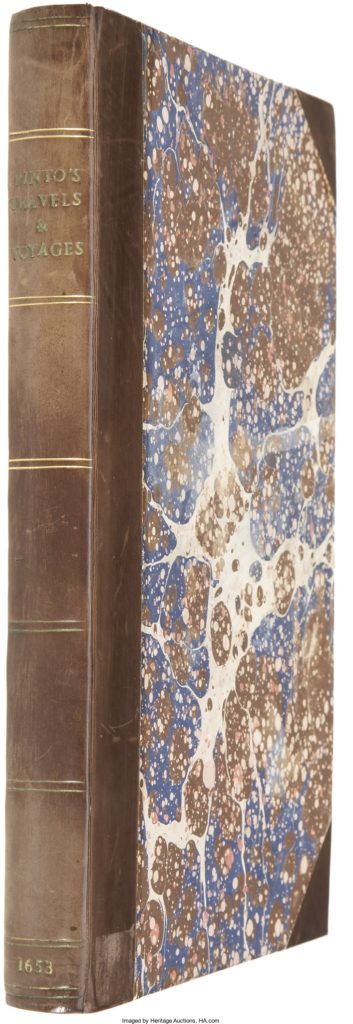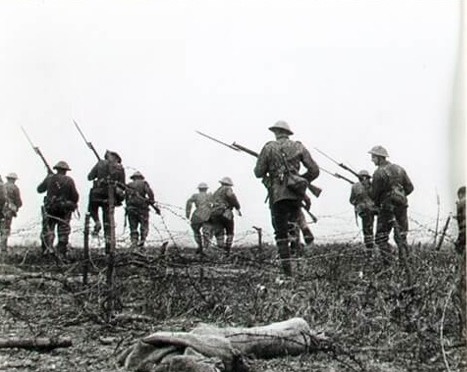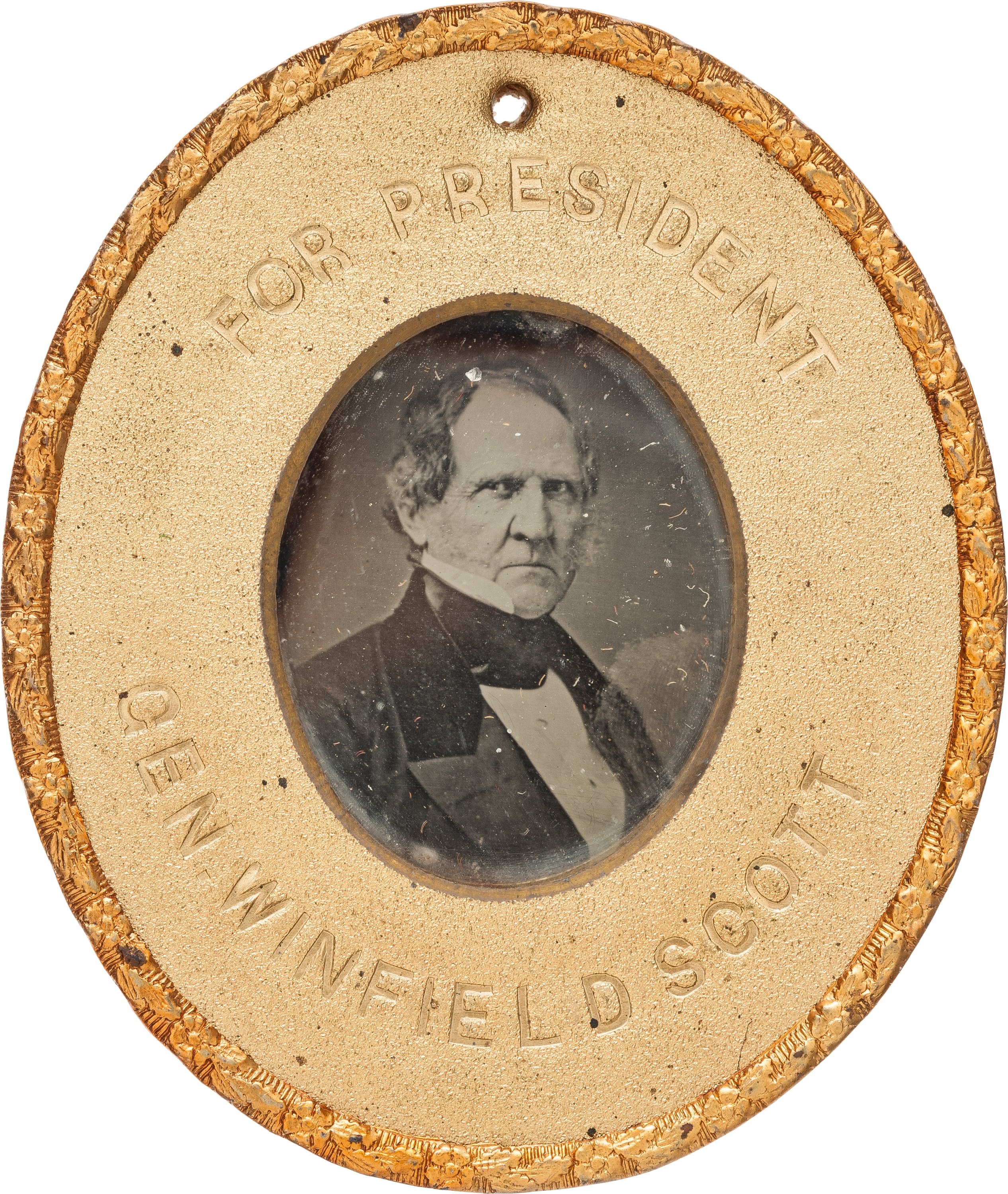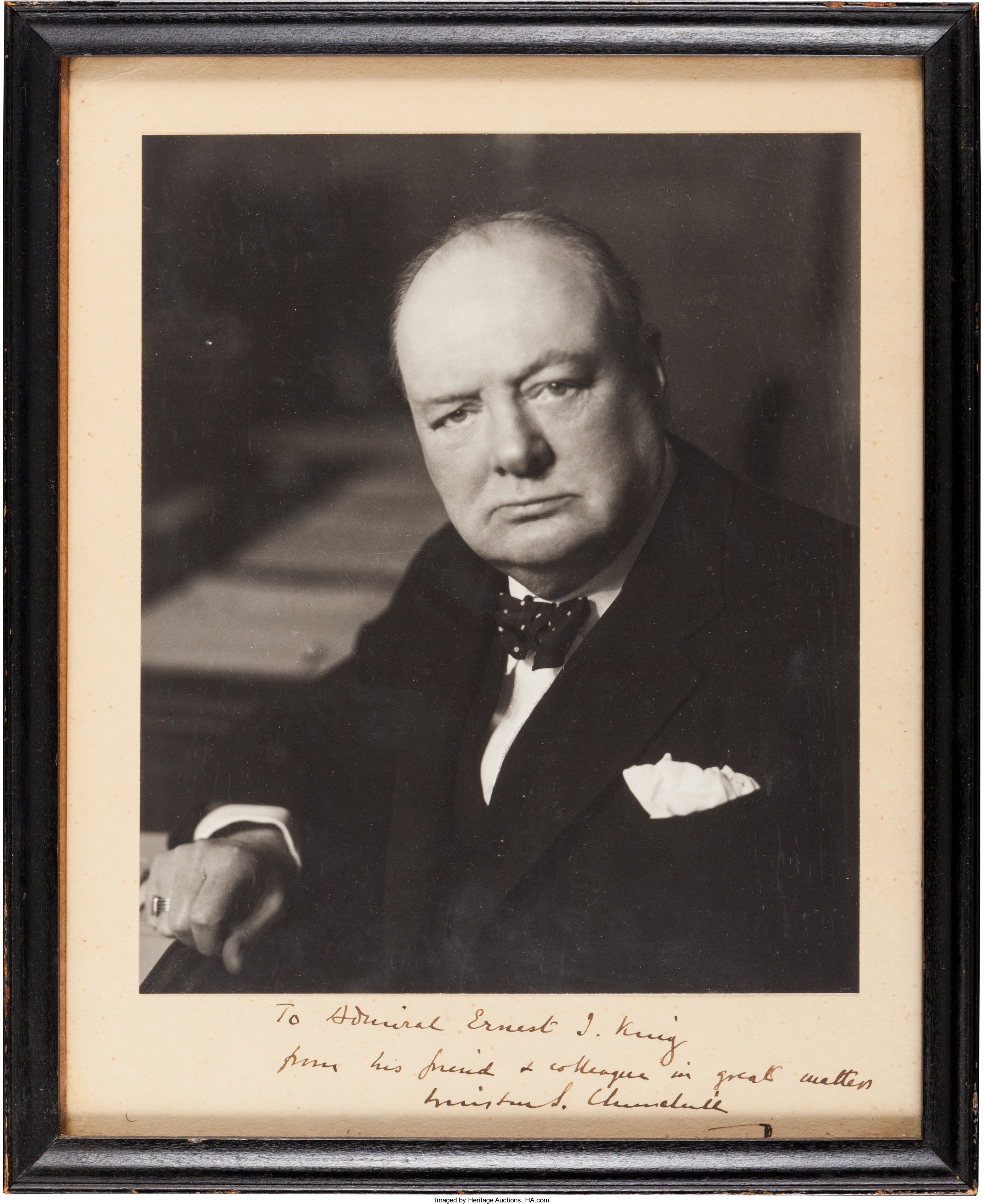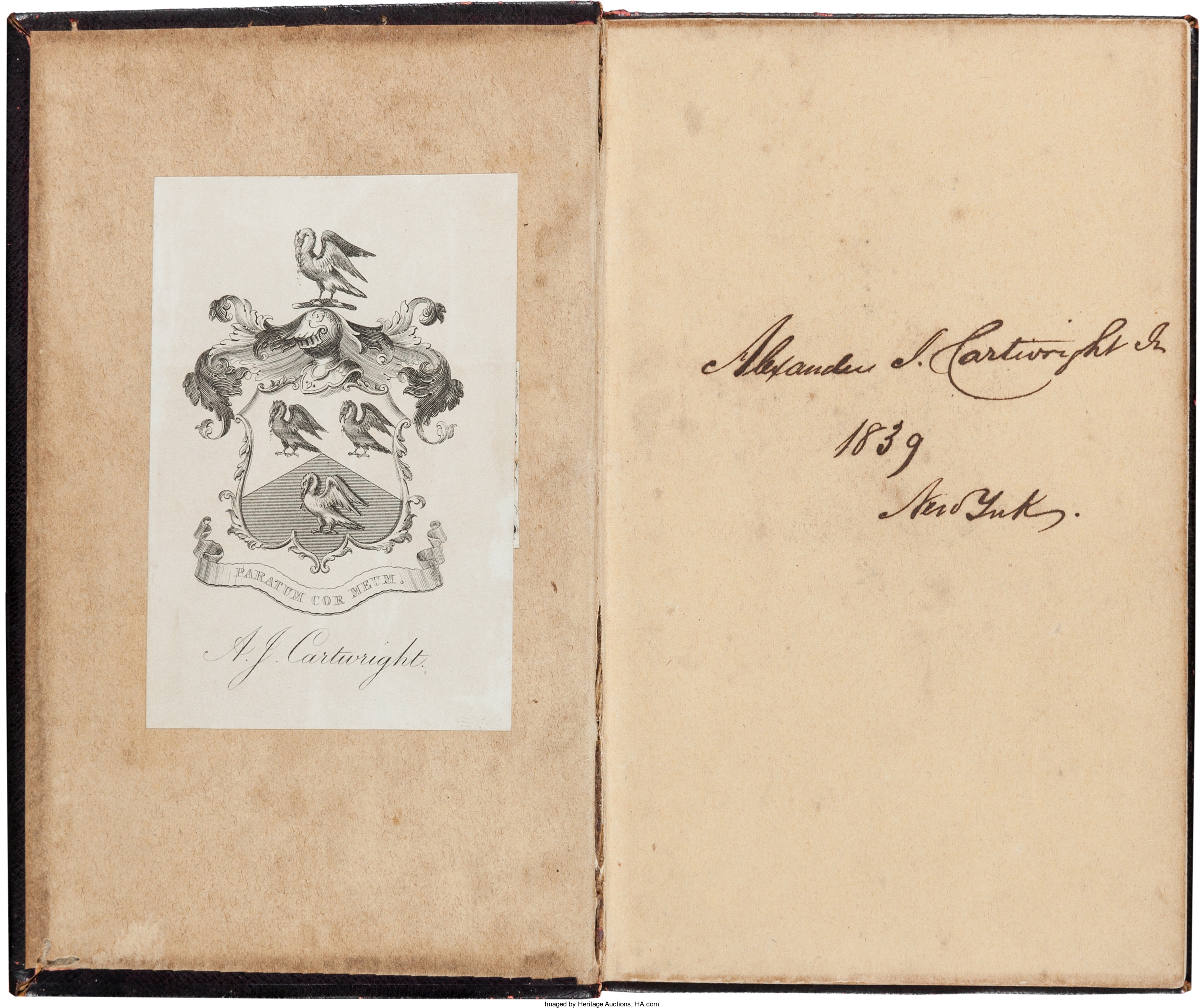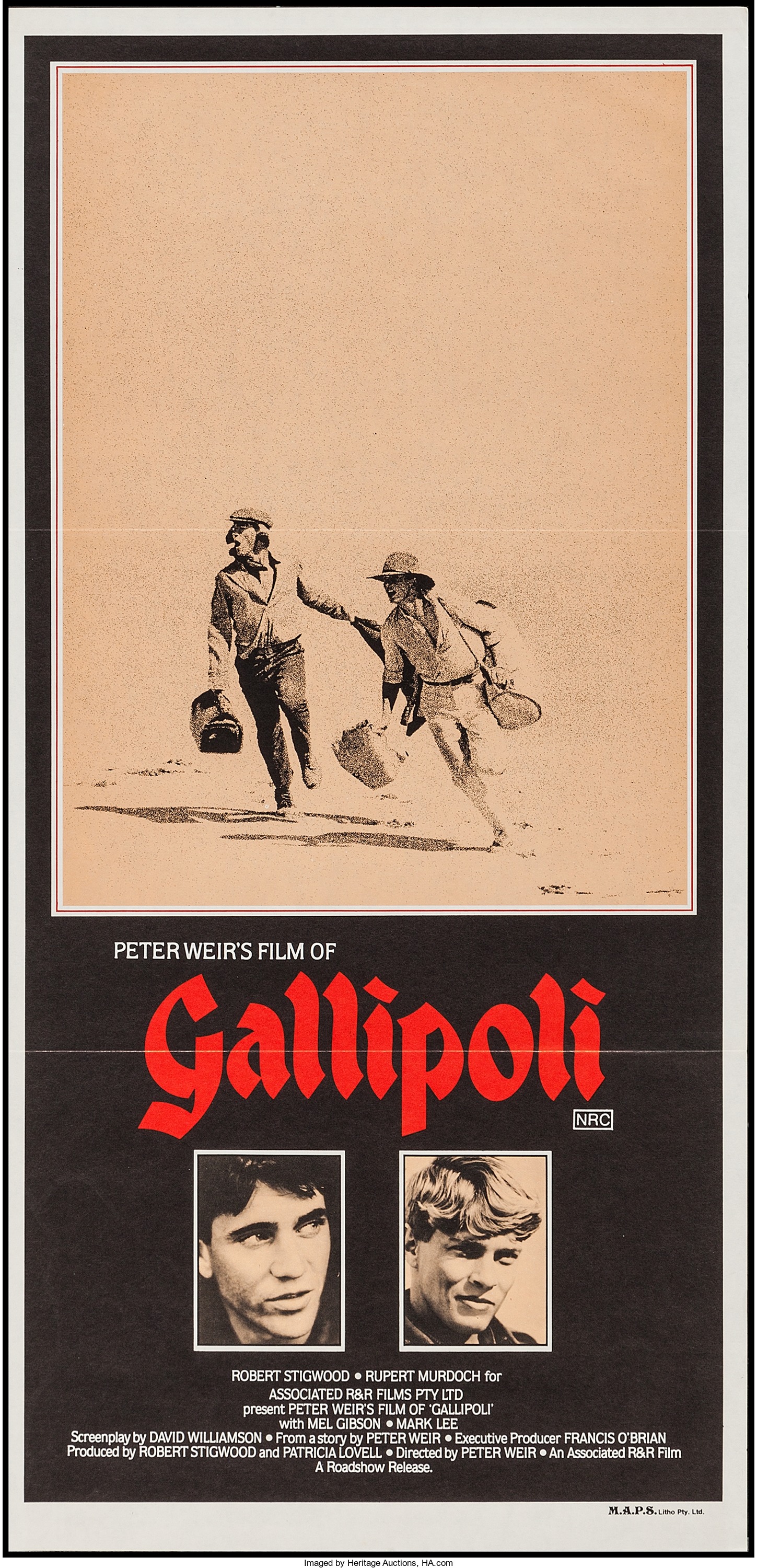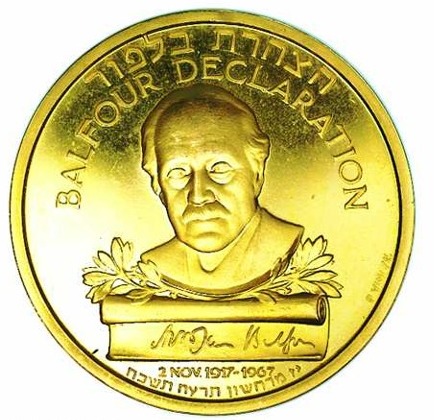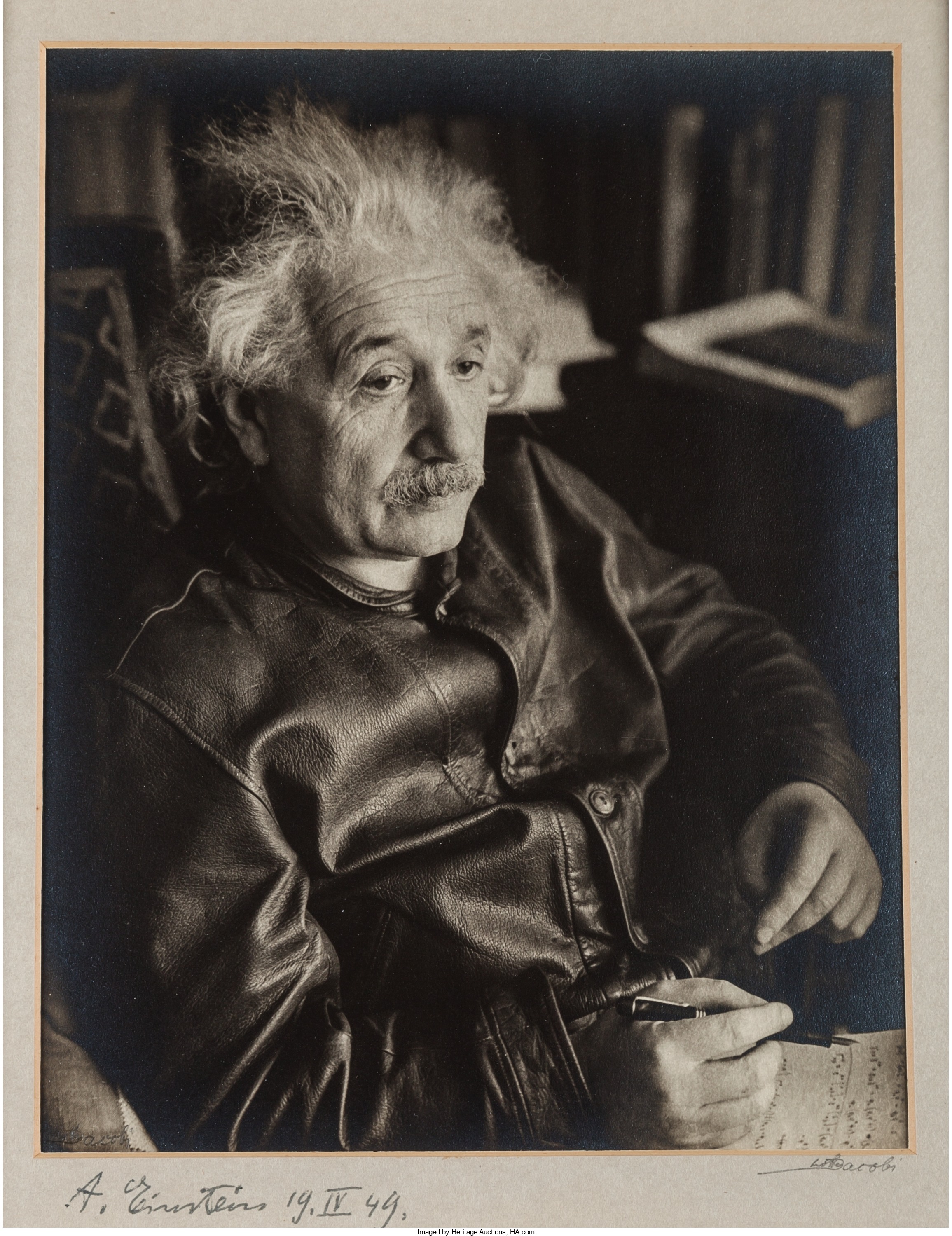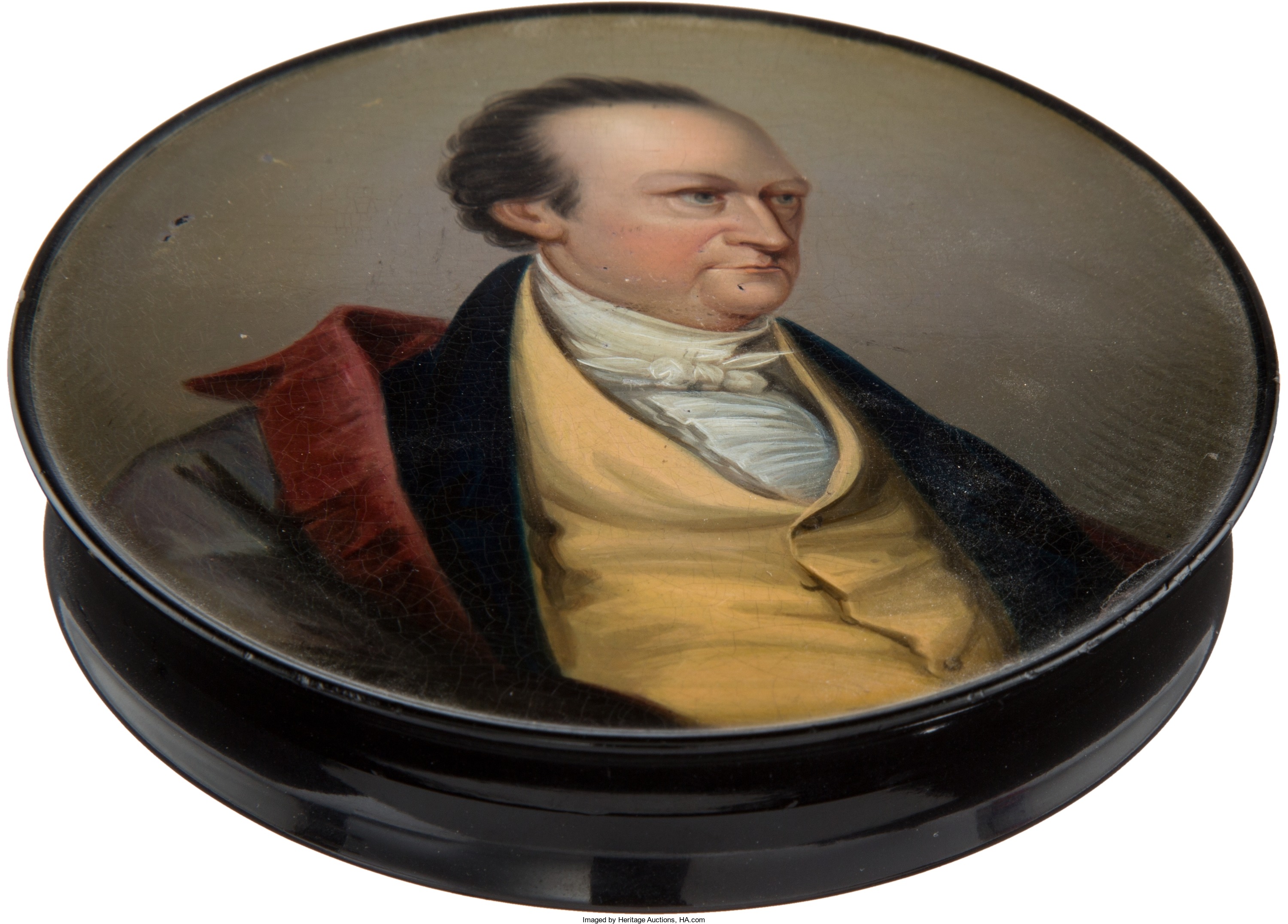
By Jim O’Neal
At the end of the American War of Independence in 1783, New York City was at a big disadvantage. First was the issue of loyalty due to the number of people who had maintained relationships with England during the war. This created a natural tension between the citizenry.
Second was its modest size. By 1790, the population was only about 10,000. Philadelphia, Boston and even Charlotte were all busier port cities.
However, New York state had a potentially important advantage: an opening to the West through the Appalachian Mountains. This mountain chain ran roughly parallel to the Atlantic Ocean and stretched about 2,500 miles.
Surprisingly, these modest hills and mountains had almost no usable passes, which created major trade and communication barriers to the lands west. Some even speculated that the people living there might decide to form a separate nation strictly out of necessity.
It was cheaper for farmers to ship their produce to New Orleans by using the Mississippi and Ohio rivers and then by sea around Florida and up to Charlotte or other eastern Atlantic ports. This was a 3,000-mile journey, but still less expensive than a direct route of 300 miles over the mountains that did not exist (yet).
This is when our old friend DeWitt Clinton, mayor of New York City and later governor, devised his plan for the Erie Canal, and in 1817, he received approval from the legislature for construction.
The Erie Canal not only secured the economic primacy of New York within the United States, but quite possibly the United States within the world. Without it, Canada would have undoubtedly evolved into the powerhouse of North America, utilizing the Saint Lawrence River to the Great Lakes region and the rich lands beyond.
The financial dominance of NYC would come later, but only due to the groundwork formed by the Erie Canal. DeWitt Clinton deserves to be elevated in our history of people who made significant contributions to our nation’s success.
 Intelligent Collector blogger JIM O’NEAL is an avid collector and history buff. He is President and CEO of Frito-Lay International [retired] and earlier served as Chairman and CEO of PepsiCo Restaurants International [KFC Pizza Hut and Taco Bell].
Intelligent Collector blogger JIM O’NEAL is an avid collector and history buff. He is President and CEO of Frito-Lay International [retired] and earlier served as Chairman and CEO of PepsiCo Restaurants International [KFC Pizza Hut and Taco Bell].

